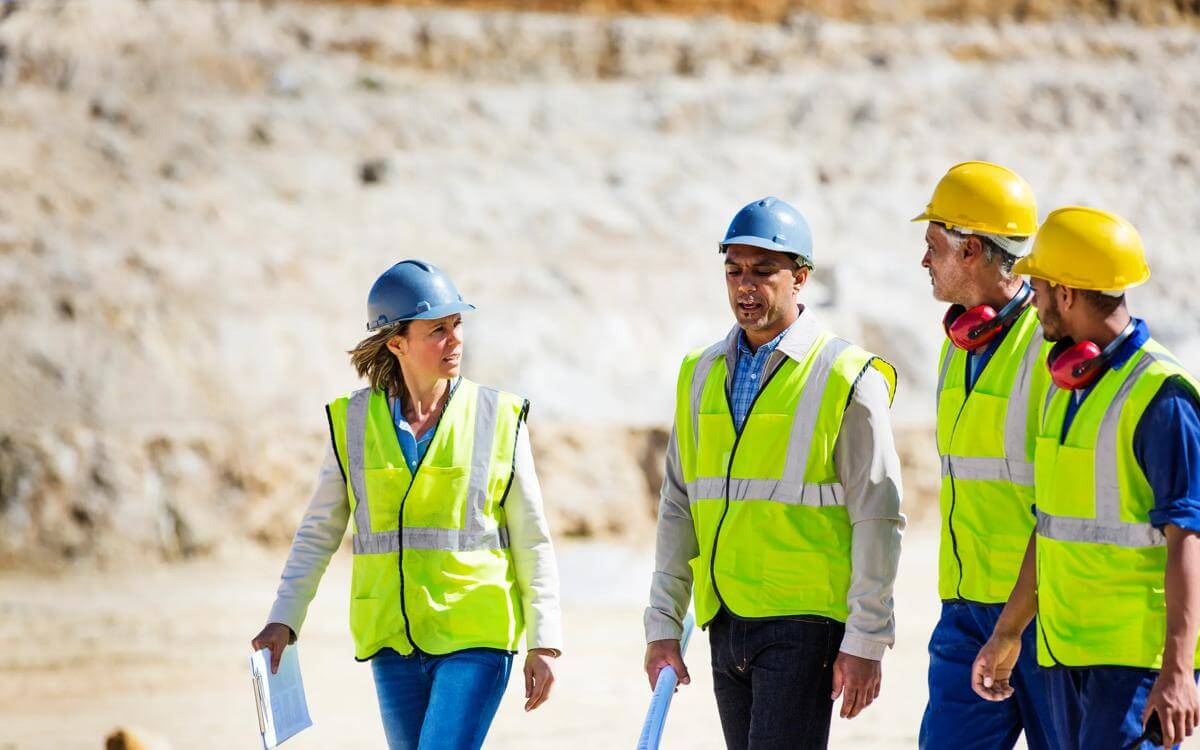With only three months to go until the deadline for registration of higher-risk buildings with the Building Safety Regulator set up under the Building Safety Act 2022, this article examines the key question building owners and developers should be asking themselves and the consequences of failure to register. Expected to affect around 13,000 existing buildings in England, registration is a significant undertaking that will affect many portfolios.
Is the building “higher risk”?
The criteria are:
- Over 18 metres or seven storeys (from ground level).
- Contains at least two residential units. This is widely defined as a “dwelling or any other unit of living accommodation” so will include a bedroom in halls of residence, for example.
- Excludes hotels, hospitals, care homes, secure residential institutions and military barracks.
Are you an Accountable Person for the building?
An accountable person is a party that owns or has a legal obligation to repair any common parts of the building. This could be the freeholder, headleasee or other landlord, management company or right to manage the company. The legislation specifically refers to a “legal estate in possession” in the common parts but that “possession” does not include mere receipt of rents.
Whilst the registration obligation sits with the Principal Accountable Person, every Accountable Person has an obligation to work together and share safety information about the building and a duty to manage building safety risks in relation to any common areas they are responsible for.
Are you the Principal Accountable Person?
If you are the only Accountable Person , you will be the Principal Accountable Person. If there are multiple Accountable Persons, the party that owns or has a legal obligation to repair the structure and exterior of the building is the Principal Accountable Person.
There may clearly be situations where a complex leasehold structure is in place and there are a number of Accountable Persons. The Government guidance notes: “If there is uncertainty about who is an accountable person or principal accountable person an interested party can apply to the First-tier Tribunal for a decision” and for these purposes an interested party could be the Regulator itself or any party with ownership or a repairing obligation for the common parts.
As a practical note, if you are unclear who the Accountable Person/Principal Accountable Person is with a number of parties in your building, if the relationship allows, it would be sensible to prompt a discussion and try to agree who the Principal Accountable Person is and how the other Accountable Persons can assist the Principal Accountable Person.
What next?
The Principal Accountable Person (or someone authorised on their behalf) must make the relevant applications before 1 October 2023. Failure to do so is a criminal offence. The Regulator has expressed its desire to work with building owners where possible in these circumstances before taking enforcement action but, given the stance the Government has taken on naming developers who did not sign up to its Developer Pledge sufficiently swiftly, in addition to any potential legal consequences, failure to register may also carry adverse publicity.
The registration fee is £251 and the application requires specific information about each building registered such as the height and total number of residential units. Following submission the Regulator will ask for more detailed information about the structure and fire safety risk of the building (known as “Key Building Information”) which must be provided within 28 days and will be published by the Regulator in due course. There will be continuing duties to notify the Regulator of any changes to the Key Building Information.
Once registered, the Principal Accountable Person will have significant ongoing obligations in relation to safety in their higher-rise residential buildings including identifying and assessing fire and structural risks; taking steps to mitigate any such risks; operating a reporting system to record building safety issues; displaying required information clearly within the building and engaging with residents.
What about new higher-risk buildings?
The obligation to register newly built higher-risk buildings is currently expected to come in force on 1 October 2023 with transitional provisions for building already in the course of construction. Note: the design and construction phase requirements (Gateways 1, 2 and 3 do apply to hospitals and care homes) although not the occupation requirements.
A new higher-risk building may not be occupied until the Principal Accountable Person has registered the building with the Regulator and the application for registration cannot be made until after the Regulator has provided a completion certificate in line with Gateway 3 checking compliance with building regulations and that the “golden thread” of building safety information is complete. The Regulator has 12 weeks to assess the application for a completion certificate and given that registration may take some time after this, landowners, contractors, developers and funders should think carefully about the obligations around completion and timings for sign off and occupation of their buildings.
For further information or to make a registration see the Government website.
We are advising a number of clients across their portfolios on whether they are an Accountable Person/Principal Accountable Person and the obligations on each – please let us know if we can assist you with this service.










































